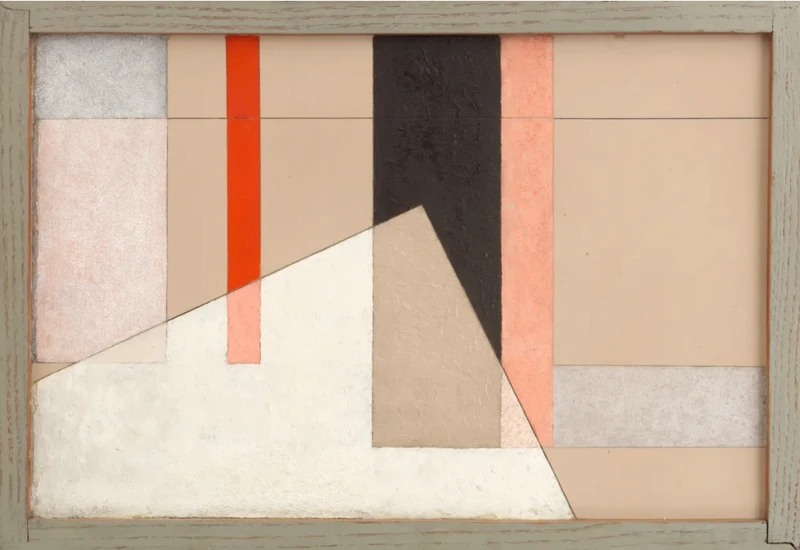László Moholy-Nagy


b. 1895, Hungary
d. 1946
László Moholy-Nagy was one of the most versatile artists of the twentieth century: a pioneer in painting, sculpture, photography and photograms as well as film making and design. He was also an ardent educator and arguably the most active and influential member of the Bauhaus both during its years in Weimer and in Dessau. In 1937 he dedicatedly continued the school’s educational mission by establishing ‘The New Bauhaus’ in Chicago.
Moholy-Nagy believed that art is a potential instrument for social transformation, a concept highly influenced by constructivist philosophy that promotes that art must serve a social purpose in order to benefit society. After returning from the Austro-Hungarian army in 1918 he attended art classes and began studying the works of Cubist and Futurist artists.
In 1920 he settled in Berlin where he first started painting abstract and geometric shapes and started experimenting with photography. Together with Walter Gropius, he was shaping the Bauhaus movement. When in 1934 the Nazis came to power he fled to Amsterdam, where he worked with the De Stijl artists, exhibited and lectured. When was invited to hold the position of director of the New Bauhaus, he moved to the US and remained in Chicago and where he later open his own School of Design.
László Moholy-Nagy died in Chicago in 1946 at the age of 51.